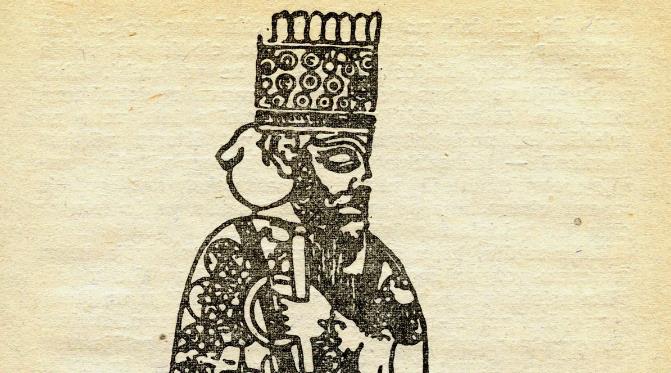He is like Zeus in Greek mythology and Jupiter in Roman mythology: Who is Marduk?
Marduk (Amar-Utu) is one of the Babylonian gods in Mesopotamian mythology. He was worshiped as the chief god in Babylonian mythology. He is also mentioned as the chief god in the Babylonian creation epic known as Enuma Elish.

Although Marduk is known as the god of justice, compassion, magic, healing, fertility, agriculture, and lightning, his most important feature is that he is believed to be the protector god of Babylon. He is identified with Zeus in Greek mythology and Jupiter in Roman mythology.
Marduk is often depicted as a man wearing an ornate king's robe and carrying a scepter. Marduk's star is known as Jupiter, and forked-tongued animals such as horses, dogs, and especially snakes are associated with Marduk. It is depicted together with forked-tongued animals in many works.
Marduk is the son of Enki, the god of wisdom. In some myths, Enki is also referred to as the creator god and is called Ea. Marduk's wife is Sarpanitu (Zarpanit), the goddess of fertility. They are considered sons of the god of reading and writing known as Nabu.
Marduk was a god from ancient Mesopotamia and patron deity of the city of Babylon who eventually rose to become the king of the gods in the First Millennium. In the city of Babylon, Marduk was worshipped in the temple Esagila. His symbol is the spade.
The meaning of the name Marduk is related to the word marru which means bull-calf. Over time, Marduk became one of the greatest gods of Mesopotamian mythology. The most famous temple built in the name of Marduk is known as a model of the Tower of Babel and is called Ziggurat.
In later periods, Marduk began to be known as Baal (Bel) and Tammuz. As Baal, he is symbolized by the Sun. Over time, he became a widely worshiped god in the Middle East. In some communities, young children were sacrificed in the name of God Baal. Baal was seen as the god of fertility by the societies of that period and was associated with luminous celestial bodies.
